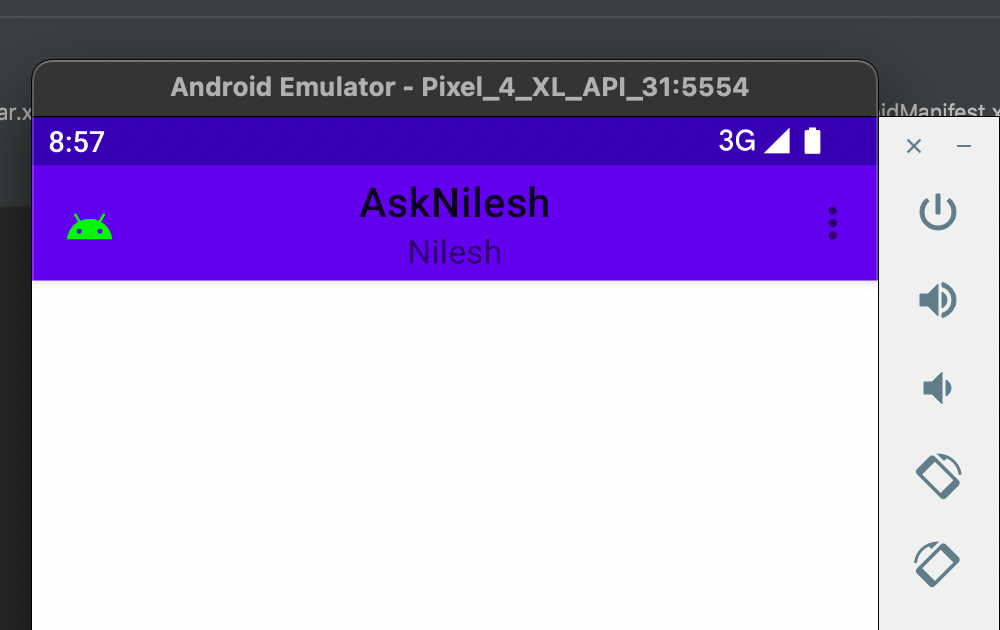I spent several days searching for a universal solution. My toolbar working with android menu and nav icon.
At first, you need create custom toolbar class. This class must have calculate title centered positions (paddings):
class CenteredToolbar @JvmOverloads constructor(context: Context, attrs: AttributeSet? = null, defStyleAttr: Int = 0)
: Toolbar(context, attrs, defStyleAttr) {
init {
addOnLayoutChangeListener(object : View.OnLayoutChangeListener {
override fun onLayoutChange(v: View?, left: Int, top: Int, right: Int, bottom: Int, oldLeft: Int, oldTop: Int, oldRight: Int, oldBottom: Int) {
val titleTextView = findViewById<TextView>(R.id.centerTitle)
val x = titleTextView.x.toInt()
val x2 = x + titleTextView.width
val fullWidth = width
val fullCenter = fullWidth / 2
val offsetLeft = Math.abs(fullCenter - x)
val offsetRight = Math.abs(x2 - fullCenter)
val differOffset = Math.abs(offsetLeft - offsetRight)
if (offsetLeft > offsetRight) {
titleTextView.setPadding(differOffset, 0, 0, 0)
} else if (offsetRight > offsetLeft) {
titleTextView.setPadding(0, 0, differOffset, 0)
}
removeOnLayoutChangeListener(this)
}
})
}
override fun setTitle(resId: Int) = getTitleView().setText(resId)
override fun setTitle(title: CharSequence?) = getTitleView().setText(title)
fun getTitleView(): TextView = findViewById(R.id.centerTitle)
}
Secondly, you need create layout toolbar:
<CenteredToolbar xmlns:android="http://schemas.android.com/apk/res/android"
xmlns:app="http://schemas.android.com/apk/res-auto"
android:id="@+id/toolbar">
<TextView
android:id="@+id/centerTitle"
android:layout_width="match_parent"
android:layout_height="wrap_content"/>
</CenteredToolbar>
That's all




